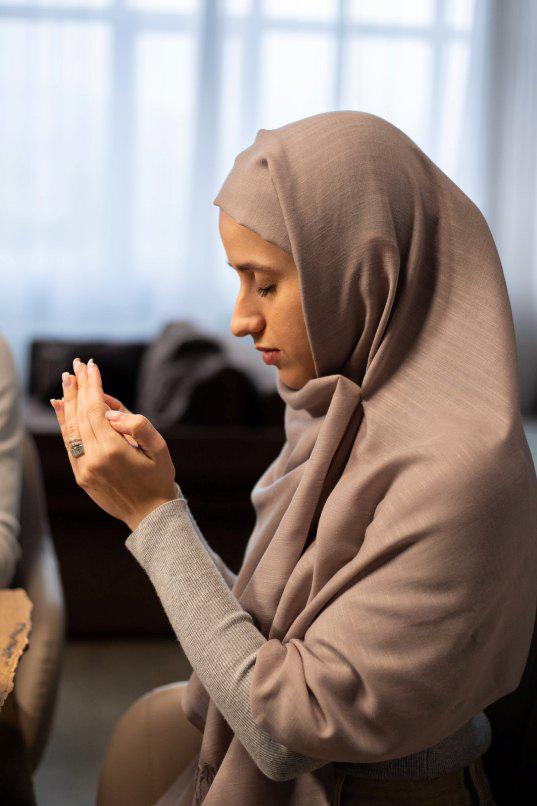Spacewalk
When an astronaut steps out of the spacecraft in space, it is termed a spacewalk. It is technically known as extravehicular activity (EVA).
The astronauts perform various tasks on a spacewalk. They conduct science experiments in space to study how the space environment affects the results. They repair satellites while they are in orbit. They also test new equipment.
Astronauts wear pressurised spacesuits filled with oxygen. For the duration of the spacewalk, the astronaut is usually tethered i.e. he is anchored to the spacecraft with the help of a cable. For safety purposes, he also wears a backpack-like device called SAFER ( Simplified Aid For EVA Rescue). If the astronaut gets detached, SAFER uses small jet thrusters to help him move and return to the spacecraft.



















